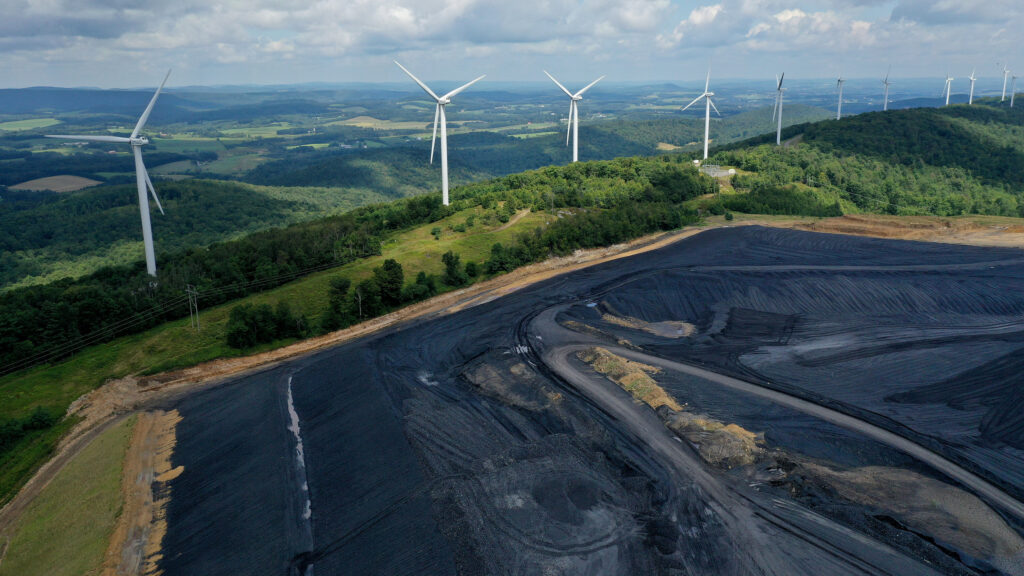The Philippines has made a remarkable climb in renewable energy standings. According to the 2024 Climatescope Report by BloombergNEF, it moved from 20th to 2nd place globally in just three years. This positions the country as the second most attractive market for clean energy investments worldwide, trailing only India. The report highlights its rapid progress in the sector.
National Energy Targets
The government has laid down certain definitive targets for fueling such growth. Its ambition is to expand the percentage of renewable energy sources in its power basket to 35% by 2030 from the present 22%. This target is a 50% target for 2040, the Climate Change Performance Index says. The focus is on solar, wind, and geothermal energy. It is the Department of Energy that is taking the initiative in the direction of these goals.
Policy Reforms
Dramatic policy changes have fueled the boom. The Philippines opened up renewable energy projects to 100% foreign equity in 2022. This paved the way for foreign investment. “The policy reform opening up 100% foreign equity has been the driving force,” states the Jomfruland article. The action has attracted significant funds and expertise, accelerating project development across the country.
Renewable Resources
The country’s natural resources are the bedrock of its renewable drive. It is the world’s second-largest geothermal producer, with 1,928 MW installed by 2023, according to trade.gov. Solar power hit 1,382 MW, and wind contributed 443 MW in the same year. “The Philippines is endowed with rich renewable energy resources,” according to a report by trade.gov. Its position on the Pacific Ring of Fire and plenty of sunshine give it a solid base.
Existing Capacity and Investment
Installed renewable capacity unlocks this potential. Geothermal takes the lead, followed by increasing solar and wind inputs. Aboitiz Power and others spend heavily to develop another 3,600 MW of renewables by 2030. Strategic leadership to spur this transition is credited by the BloombergNEF report for positioning the Philippines as a clean energy market trendsetter.
Infrastructure Challenges
As positive as the development is, challenges still exist. The nation’s power grid must be upgraded immensely to accommodate additional new renewable resources efficiently. Small-scale project funding limitations also serve as a roadblock. This must be met to continue driving growth and achieve goals.
Global Recognition
The rise of the Philippines has struck the world by storm. “This is a good development,” Senator Juan Miguel Zubiri said, marveling at the feat. The 2024 Climatescope Report identifies its attractiveness to investors, fueled by policy and resource strength.
The Philippines is leveraging its natural advantages and policy reforms to expand renewable energy. With 35% of its 2030 power mix already in the pipeline, it’s heading towards clean energy leadership. Further investments and infrastructure upgrades will decide how much the momentum will carry it. The country’s leap to second place shows a clear direction towards a green energy future.

